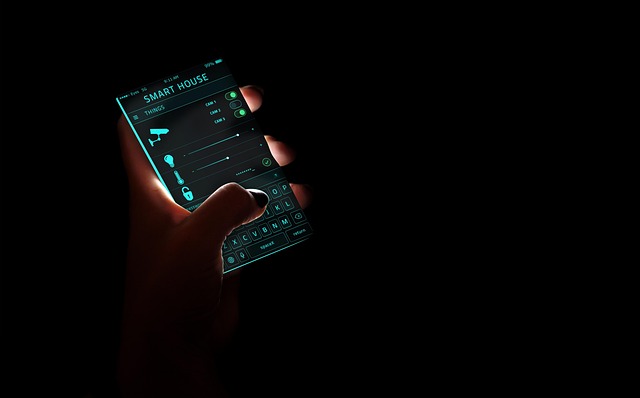Ultrasonic Gesture Control: The Silent Revolution in User Interfaces
In a world where touchscreens and voice commands have become ubiquitous, a new player is silently making waves in the realm of human-computer interaction. Ultrasonic gesture control, a technology that allows users to manipulate devices with mere hand movements in the air, is poised to redefine how we interact with our gadgets. This cutting-edge innovation promises to bring a new dimension of intuitiveness and hygiene to our daily tech interactions, potentially reshaping everything from smartphones to smart homes.

This technology’s roots can be traced back to sonar systems used in marine navigation. However, its application in consumer electronics is a relatively recent development, with significant advancements made in the past decade. The miniaturization of components and improvements in signal processing have been crucial in making ultrasonic gesture control viable for everyday devices.
Beyond the Touchscreen
One of the most compelling aspects of ultrasonic gesture control is its ability to function without direct contact. This feature opens up a world of possibilities, especially in scenarios where touching a device is impractical or unhygienic. Imagine scrolling through a recipe on your tablet with flour-covered hands or changing the music track while soaking in a bathtub – ultrasonic gestures make these interactions seamless and mess-free.
Moreover, this technology has the potential to extend the interactive space beyond the physical boundaries of a device. A smartphone equipped with ultrasonic sensors could recognize gestures performed several inches away from its surface, effectively turning the air around it into an invisible touchpad. This expanded interaction zone could be particularly useful in wearable devices with limited screen real estate.
Precision in Three Dimensions
Unlike traditional touchscreens that operate on a two-dimensional plane, ultrasonic gesture control systems can track movements in three-dimensional space. This added dimension allows for more complex and nuanced gestures, potentially leading to more intuitive and expressive interactions with our devices.
For instance, a simple swipe in the air could scroll through a document, while a twisting motion could adjust the volume. The technology’s ability to detect depth also enables more granular control – a gesture closer to the device could result in fine adjustments, while broader movements further away could trigger more significant changes.
The Silent Sentinel: Privacy and Security
In an era where concerns about digital privacy are at an all-time high, ultrasonic gesture control offers an intriguing advantage. Unlike camera-based gesture recognition systems, ultrasonic technology doesn’t capture visual data, making it inherently more privacy-friendly. This feature could make it an attractive option for use in sensitive environments or for users who are wary of camera-based tracking systems.
Additionally, the unique patterns created by an individual’s hand movements could potentially serve as a form of biometric authentication. While not as distinct as a fingerprint, these gesture patterns could add an extra layer of security to device access or digital transactions.
Challenges and Future Prospects
Despite its promising potential, ultrasonic gesture control is not without its challenges. One of the primary hurdles is the need for standardization. As different manufacturers implement their own versions of the technology, there’s a risk of fragmentation in gesture languages across devices. Establishing a common set of gestures and interactions will be crucial for widespread adoption.
Another challenge lies in the realm of user education and adaptation. While gestures can be intuitive, there will inevitably be a learning curve as users transition from touch and voice interfaces. Developers will need to strike a balance between leveraging the technology’s full potential and maintaining user-friendly interactions.
Looking ahead, the future of ultrasonic gesture control appears bright. As the technology matures, we can expect to see it integrated into a wide array of devices and environments. From smart home controls to automotive interfaces, the possibilities are vast. Some industry analysts predict that the global market for gesture recognition technologies, including ultrasonic systems, could reach $32.3 billion by 2025.
A Silent but Significant Shift
Ultrasonic gesture control represents more than just a new way to interact with our devices – it signifies a shift towards more natural and unobtrusive human-computer interactions. As this technology continues to evolve and find its way into our everyday gadgets, it has the potential to fundamentally change how we perceive and interact with the digital world around us.
While it may not completely replace touchscreens or voice commands, ultrasonic gesture control is carving out its own niche in the diverse ecosystem of user interfaces. Its unique blend of hygiene, privacy, and three-dimensional control makes it a compelling option for a wide range of applications. As we move towards an increasingly connected and interactive world, the silent waves of ultrasonic gesture control may well be the harbinger of a new era in human-computer interaction.





